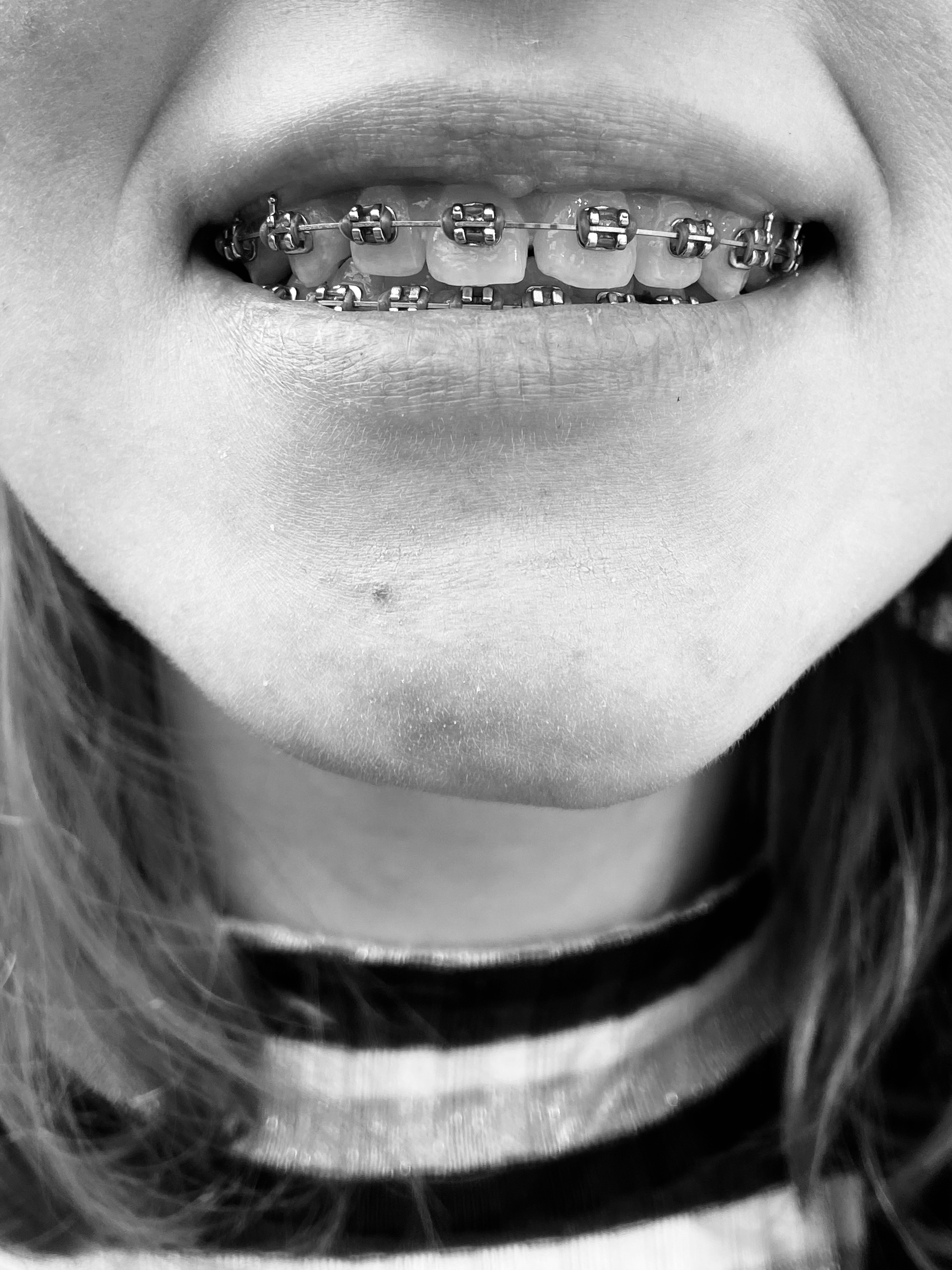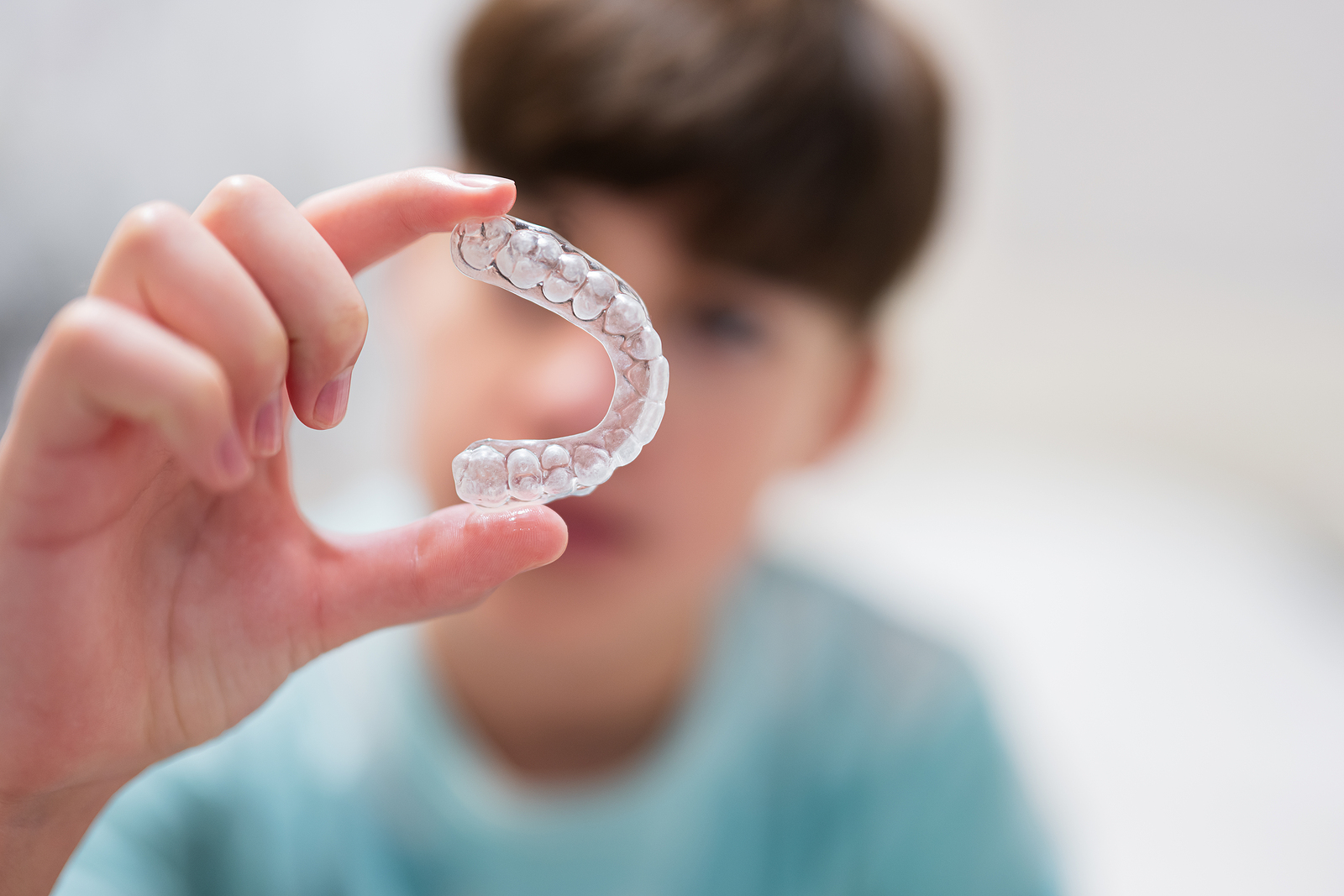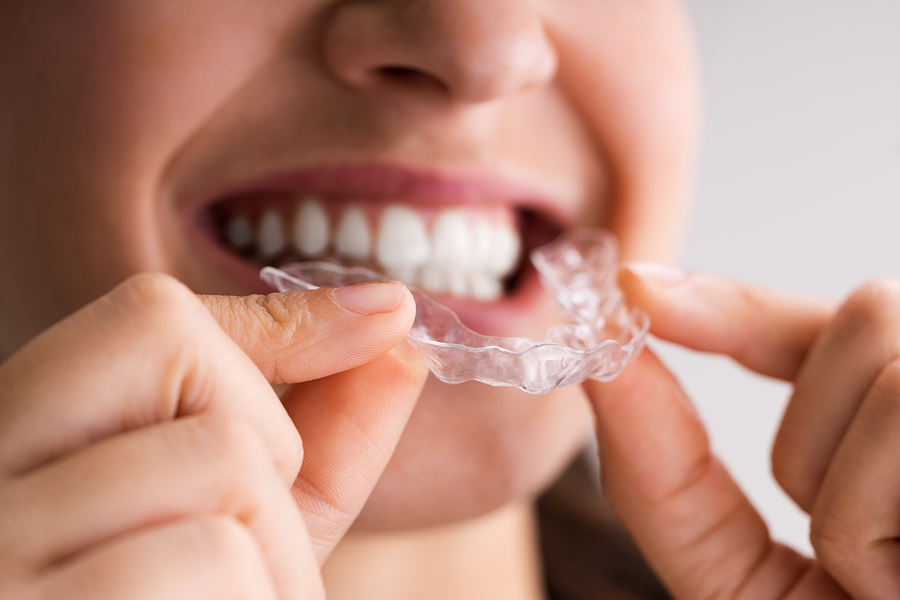![This is a thumbnail image of blog The Role of Retainers in Preventing Orthodontic Relapse This is a thumbnail image of blog The Role of Retainers in Preventing Orthodontic Relapse]()
The Role of Retainers in Preventing Orthodontic Relapse
Mar 27, 2024![This is a thumbnail image of blog Why Clear Aligners are Revolutionizing Orthodontics in Sacramento, CA This is a thumbnail image of blog Why Clear Aligners are Revolutionizing Orthodontics in Sacramento, CA]()
Why Clear Aligners are Revolutionizing Orthodontics in Sacramento, CA
Jul 17, 2024![This is a thumbnail image of blog Invisalign: The Secret to a Perfect Smile This is a thumbnail image of blog Invisalign: The Secret to a Perfect Smile]()
Invisalign: The Secret to a Perfect Smile
Nov 21, 2023![Invisalign in Rocklin, Roseville & Sacramento, CA Invisalign in Rocklin, Roseville & Sacramento, CA]()
What Happens After Invisalign Treatment? Retainers and Maintenance Tips
Dec 17, 2024![Braces in Rocklin, Roseville & Sacramento, CA Braces in Rocklin, Roseville & Sacramento, CA]()
Orthodontic Solutions for Adults: It’s Never Too Late for a Straighter Smile
Apr 16, 2025

The Benefits of Braces Beyond Straight Teeth: Improving Oral Health
Braces offer a transformative solution for correcting dental misalignments, improving oral health, and enhancing smiles. Each option caters to different needs and preferences and consists of various types like traditional metal braces, ceramic braces, lingual braces, and clear aligners. While traditional metal braces remain the most common choice for their durability and affordability, ceramic braces and clear aligners provide more discreet options. Whether addressing minor or severe orthodontic issues, braces gradually shift teeth into proper alignment, alleviating discomfort, improving speech, and reducing the risk of dental problems like cavities and gum disease. With advancements in orthodontic technology, braces offer patients of all ages a path toward a straighter, healthier smile, and increased confidence.
Braces vs. Invisalign
When considering orthodontic treatment, individuals often weigh the pros and cons of traditional braces versus Invisalign aligners. Traditional braces are metal or ceramic brackets attached to the teeth, connected by wires and bands. They are highly effective for correcting complex dental issues, such as severe misalignment or bite problems, and are suitable for patients of all ages. In contrast, Invisalign offers a discreet and removable alternative, using a series of clear, custom-made aligners to move the teeth into the desired position gradually. Invisalign aligners are virtually invisible and provide greater flexibility and convenience, allowing patients to eat, brush, and floss without restrictions.
While braces and Invisalign can achieve excellent results, choosing between them often depends on individual preferences, treatment needs, and lifestyle factors. Braces are typically recommended for patients with more severe orthodontic issues or requiring precise control over tooth movement. They are fixed appliances that remain in place throughout the treatment duration, providing continuous force to shift the teeth into alignment gradually. On the other hand, Invisalign is an ideal option for patients seeking a more discreet and comfortable orthodontic solution. The removable nature of Invisalign aligners allows for easier maintenance, oral hygiene, and the ability to enjoy favorite foods without restrictions. However, compliance is essential; aligners must be worn for 20 to 22 hours daily to achieve optimal results.
Ultimately, the decision between braces and Invisalign should be made in consultation with an orthodontic specialist who can evaluate your unique dental needs, preferences, and lifestyle considerations. Both options offer effective solutions for achieving a straighter, healthier smile, and the choice depends on factors such as treatment goals, comfort level, aesthetics, and commitment to wearing and caring for the appliances. Whether you opt for traditional braces or Invisalign aligners, orthodontic treatment can significantly improve your oral health, confidence, and overall well-being, leading to a lifetime of smiles. Contact us today!
The Benefits of Braces
Correcting Bite Alignment
Braces are instrumental in correcting misaligned bites, such as overbites, underbites, crossbites, and open bites. Proper bite alignment ensures that the upper and lower teeth meet correctly when chewing and speaking, reducing the risk of excessive wear, jaw pain, and temporomandibular joint (TMJ) disorders.
Preventing Tooth Decay and Gum Disease
Crooked or overcrowded teeth are challenging to clean effectively, leading to plaque buildup, tooth decay, and gum disease. By straightening the teeth with braces, patients can achieve better oral hygiene, as there are fewer hiding spots for bacteria and food particles. This reduces the risk of cavities, gum inflammation, and periodontal issues, promoting healthier gums and teeth.
Enhancing Speech and Pronunciation
Malocclusions and misaligned teeth can affect speech patterns and pronunciation, leading to speech impediments and self-confidence issues. Braces can correct these issues by aligning the teeth and improving the positioning of the tongue and lips, facilitating clearer speech and better communication skills.
Alleviating Jaw Pain and Tension Headaches
Orthodontic problems, such as malocclusions and temporomandibular joint disorders (TMD), can cause jaw pain, headaches, and facial discomfort. By aligning the teeth and jaws properly, braces help distribute bite forces more evenly, reducing strain on the joints and muscles and alleviating associated pain and discomfort.
Improving Digestion and Nutritional Intake
Chewing food properly is essential for digestion and nutrient absorption. Misaligned teeth or bite issues can impair chewing efficiency, leading to digestive problems and nutritional deficiencies. Braces correct these issues, allowing for more effective chewing and digestion and promoting overall health and well-being.
Boosting Self-Esteem and Confidence
Beyond the physical benefits, orthodontic treatment with braces can significantly improve self-esteem and confidence. A straighter, more attractive smile enhances facial aesthetics and boosts self-image, leading to greater social confidence, improved interpersonal relationships, and overall psychological well-being.
Foods to Avoid with Braces
- Hard foods like nuts, candies, and popcorn kernels can damage braces by breaking brackets or bending wires. Avoid biting directly into hard foods and opt for softer alternatives.
- Sticky or chewy foods, like caramel, taffy, and chewing gum, can get stuck in braces and be challenging to remove. They also increase the risk of cavities and tooth decay. Choose braces-friendly snacks instead.
- Crunchy fruits and vegetables, such as apples, carrots, and raw celery, can be difficult to bite into and may dislodge braces or damage wires. Cut them into smaller, bite-sized pieces or cook them until soft.
- Chewy bread and bagels can be challenging to chew and may get stuck in braces, leading to discomfort and difficulty cleaning. Opt for softer bread varieties or toast them lightly to make them easier to chew.
- Hard crusts on bread and tough meats, like steak and jerky, can exert excessive pressure on braces, causing discomfort and increasing the risk of damage. Cut tough meats into smaller pieces and avoid biting directly into hard crusts.
Orthodontic treatment with braces is a significant investment in achieving a straighter, healthier smile. Visit Alexander & Martin Orthodontics at 3461 Fair Oaks Blvd #100, Sacramento, CA 95864, 6809 Five Star Blvd, #300, Rocklin, CA 95677, or 4021 Woodcreek Oaks Blvd #100, Roseville, CA 95747, to explore how braces can benefit your oral health and overall well-being. You can schedule an appointment online or call us at (916) 630-0306.
- MON - FRI9:00 am - 5:00 pm
- SAT - SUNClosed
- MON - FRI9:00 am - 5:00 pm
- SAT - SUNClosed
- MON - FRI9:00 am - 5:00 pm
- SAT - SUNClosed










comments